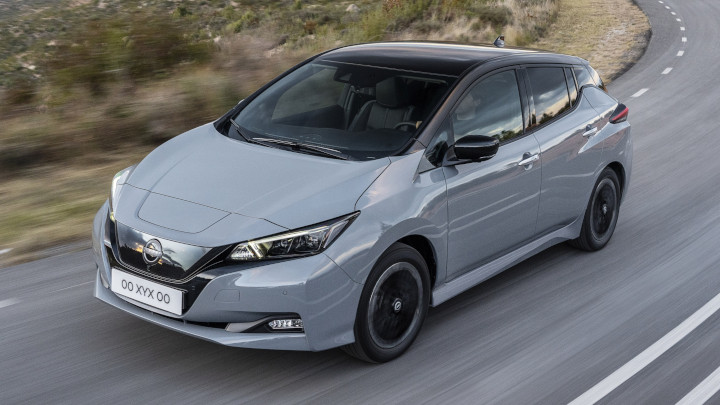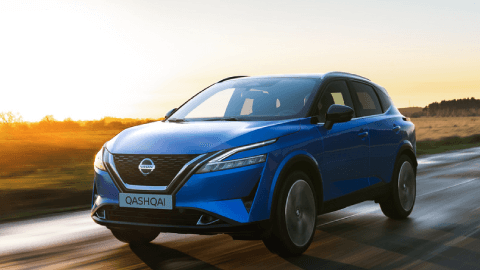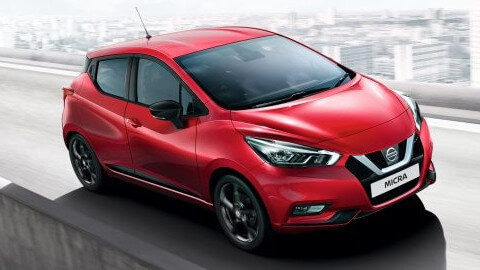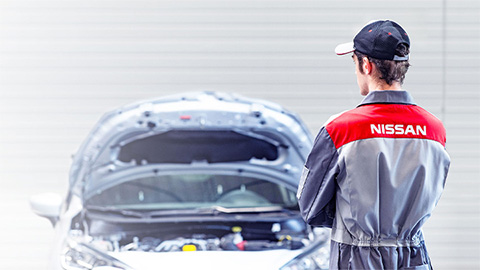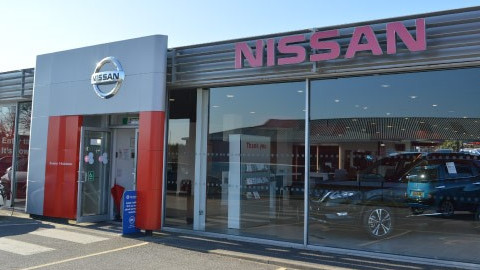
Introducing the Nissan LEAF
We no longer offer new Nissan vehicles, however, we still provide a wide range of used Nissan cars for you to explore, including the all-electric LEAF.
We continue to work with Nissan for any aftercare needs using genuine Nissan parts and materials. Our trained Nissan Technicians will conduct all repairs using approved quality parts that have been specifically designed for Nissan vehicles, so you can rest assured we've still got you and your Nissan vehicle covered.
For any queries, our centralised, dedicated customer care team are on hand to assist with any ongoing concern you may have. Please get in touch through help@evanshalshaw.com, and our friendly team will be able to help you out.
Explore Nissan's range of used cars
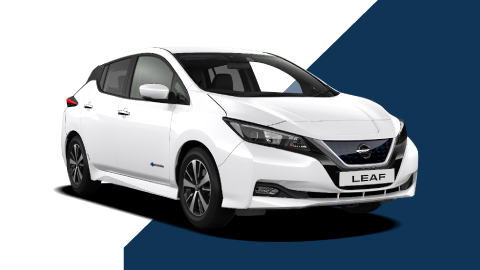
Nissan LEAF
The forward-thinking Nissan LEAF remains a strong favourite for motorists looking to reduce their carbon footprint.
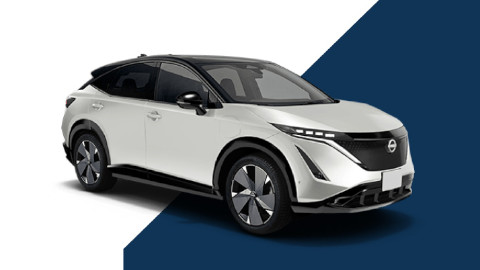
Nissan ARIYA
An all-electric SUV from Nissan that looks properly futuristic.
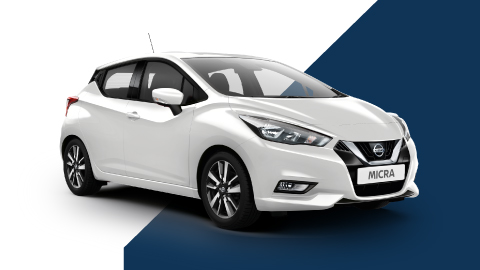
Nissan Micra
This attractive supermini is easy to drive and loaded with all the technology you could want, making it a great all-round choice.
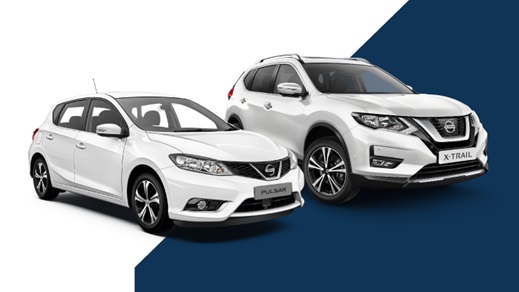
View All Used Nissan Cars
Explore the wide range of used Nissan cars.
Find your ideal used car with Evans Halshaw
Find your ideal used car with Evans Halshaw
At Evans Halshaw, we have a variety of used cars for you to choose from. Each car is carefully selected by our teams before making its way through the rigorous preparation process, where it's inspected by a qualified technician and then fully valeted.
We're also able to offer you a tailored Service Plan for your selected car, which allows you to spread the cost of maintenance over an agreed period of time, whilst saving you money in the process.
If you'd like some advice on picking the right car for you, or you've spotted a vehicle and want more information, please contact your nearest Evans Halshaw dealership, where one of our friendly associates will be more than happy to help.

